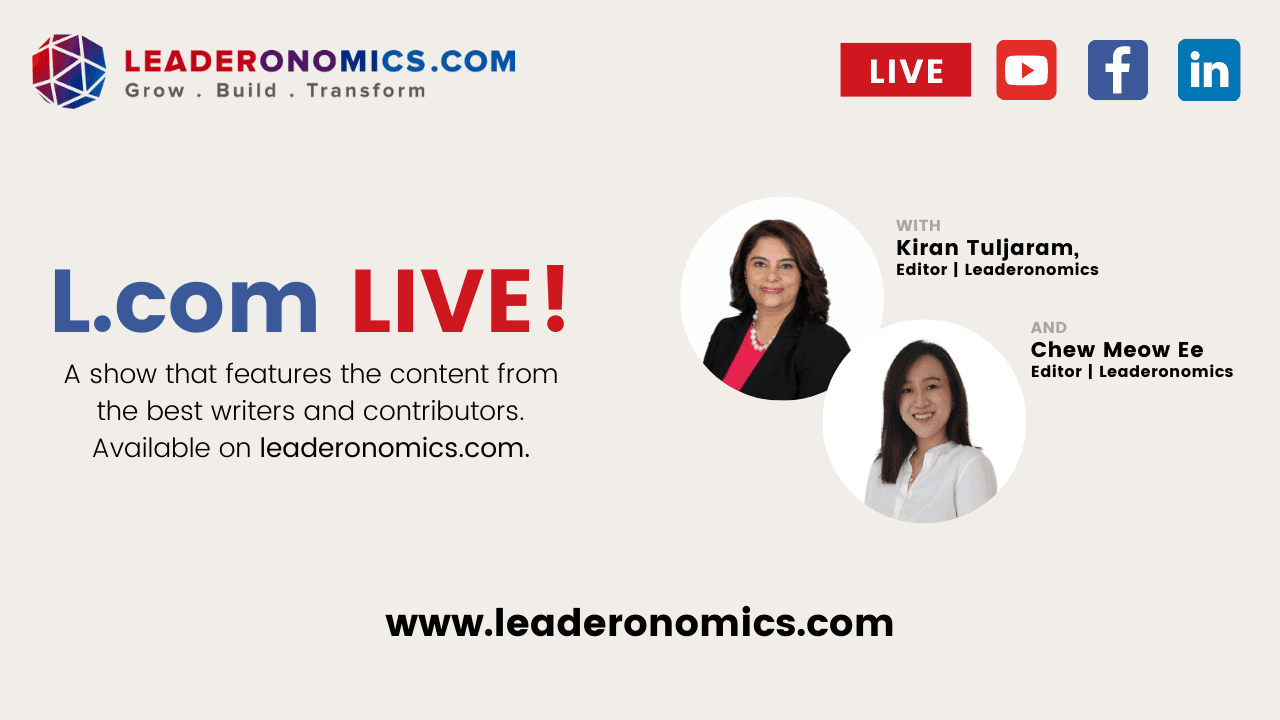Shifting From A ‘Knower’ Leader To A ‘Learner’ Leader

In today’s work environment, we are being flooded with change and never-ending to-do lists. It is impossible to know all of the answers demanded of us. Yet, we’re finding that leaders who are willing to shift their mindset from a Knower Leader to a Learner Leader have much more success in harnessing the collective power of their teams.
By evoking the power of the pause, setting the scene and asking genuine, curious questions, today’s leader can guide his/her team with a steady hand, while experiencing more team engagement, better outcomes, and less stress.
The power of the pause
The power of the pause works when we are in discussions with other people: in a team meeting, a board meeting, or a one-on-one. We often engage in fast-paced conversations with team members while also (sometimes simultaneously!) trying to manage new information. We may feel compelled to respond immediately to each situation or interruption.
The power of the pause offers a moment to reflect on the particular issue at hand, to listen to your intuition and then respond. This is a powerful practice given the general cacophony of the workplace, which, more often than not, consists of extroverted workers who tend to talk aloud to gain their own clarity on things. Invoking the pause and gaining your own mental clarity can help you speak with precision and insight.
Many of us enter the workplace with our foot on the accelerator and we don’t relent until we get home. Doing this leads to burnout, leaving us with little energy for our loved ones and the renewal such engagement offers. The resulting energy drain has a negative impact on our decision-making ability, as well as our ability to bring intuition and reflective thinking into the workplace the next day.
Pausing to reflect also helps leaders to create white space during the course of their hectic day. Taking 15–20 minutes to recalibrate by closing the door, silencing the phone, and entering a state of mindfulness, allows the leader to ask, “What really needs my attention?”
Successful leaders tend to do this twice daily so that they can be sure to direct their attention and energy where it is needed most. When we are stuck in overdrive, we miss the opportunity to pause and ask the question, “What should I be doing now to get the highest value out of my work?”
Adding time to reflect throughout your day allows you to be more productive and provide greater value.
Staging your environment and setting
Once you’ve paused and feel the timing is right, it’s important to think about the environment and context of your meeting. Too often meetings are scheduled before the right elements are in place to ensure a productive outcome.
We must manage different elements in order to set the stage for the best optimal conditions to happen, meaning everybody is leaning in and feeling valued, and real creative thinking happens as a result. In a corporate setting, we emulate the director of a play and set the stage to create ripe conditions for amazing meetings and for cultivating that learning mindset.
When it comes to the meetings you lead, ask yourself how the environment you choose can help set the right conditions to get the outcome you want. Ask yourself where the meeting will take place and when it will take place.
Will it happen during normal business hours, or during off hours? Maybe it will take place on a Saturday morning, offsite? Maybe it will take place at a dinner? Or maybe it will be in a typical conference room?
You want a place that will encourage those learner attributes to come alive. If you’re sitting in a meeting room on the building’s windowless, subterranean floor, participating in an eight-hour innovation workshop to think about the next year’s products, don’t be surprised when you get stagnation or mere tweaks on last year’s models.
You need to offer people a work environment that is conducive to stimulating creative energy. Doing this shows that you respect and value your team.
Once you’ve paused and set the scene, it’s time to ask the right questions.
What makes great questions?
There are several key elements to keep in mind when forming open, curious questions. They must be authentic and genuine. That means the speaker is searching honestly for new ideas and doesn’t have a predetermined set of answers or a narrow goal in mind. The right questions allow people to leave behind some of their own preconceived notions and will encourage them to think in new ways.
To ask questions that challenge assumptions, you have to understand people’s current assumptions and limiting thoughts. You can begin to discover this propensity by asking questions that allow people to explore and brainstorm at the edges of where they are, and possibly into the future or even off on the horizon.
It is important to focus on the future rather than on who is to blame. Far too quickly, blame turns to shame, which makes people feel very disempowered rather than part of a solution. When that negative response is promoted, you push the culture to be closed and defensive. You can avoid that contagion by asking open questions stemming from genuine curiosity.
Some of our favourite examples of completely open-ended questions are:
- “How can we make sure that (problem or issue) won’t happen again?”
- “What needs attention to achieve your desired outcome?”
- “What would have to be true for that to happen?”
The art of asking the great question is a combination of thinking and performing. It’s about first understanding your purpose, context, and audience. Then it’s about forming your question and asking it with the right tone and posture.
The content of the question is the main thing; however, if it’s not delivered in the right way, it won’t work. Learner leadership allows you to be conscious of both what and how you communicate.
Guy Parsons is a well-regarded speaker and teacher who regularly delivers inspiring talks at MIT. He has worked with more than 120 companies across a wide range of industries.
Allan Milham brings high-energy and passion as a senior leadership and performance strategist. His work has been called transformational, as he elevates a leader’s presence to create greater results, as well as living a fulfilled and purposeful life.
For more Thought Of The Week articles, click here. To acquire high-impact communication and persuasion skills through Leaderonomics’ “Communication Excellence” training module, email us at training@leaderonomics.com for details.
Personal
This article is published by the editors of Leaderonomics.com with the consent of the guest author.






